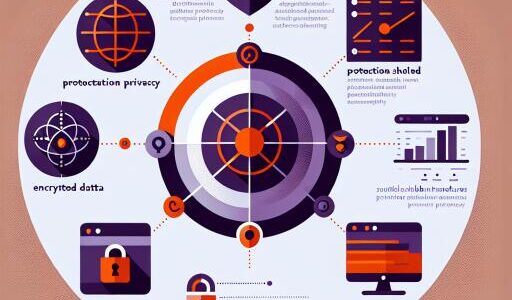Cybersecurity Best Practices For Businesses In The Age Of AI
In an era dominated by rapid technological advancements, cyber threats evolve at a similarly swift pace, particularly with the advent of artificial intelligence (AI) and machine learning. These innovations, while groundbreaking, present a double-edged sword, paving new paths for securing digital assets but also creating unique vulnerabilities that must be vigilantly managed.
Emergent Cyber Threats in Today’s Digital Landscape
Among the myriad of cyber threats facing today’s enterprises, several have emerged as particularly nefarious:
- Targeted Ransomware Attacks: A specific form of malware, ransomware, has evolved to disable access to data or networks, demanding a ransom for their release. These attacks are increasingly targeted, sophisticated, and challenging to combat.
- IoT Vulnerabilities: The proliferation of the Internet of Things (IoT) devices has broadened the potential attack surface, introducing risks through devices that often lack stringent security measures. The issues range from easy-to-guess default credentials to infrequent software updates and concerns over data privacy.
- Deepfake and Synthetic Media: AI-driven attacks using altered content can convincingly mimic reality to deceive, manipulate, and cause harm, posing significant challenges to authentication and verification processes.
- Credential Stuffing and Brute Force Attacks: Auto-generated attempts to hack into accounts using stolen or easily guessed credentials remain a persistent issue, underscoring the need for robust password policies and security measures.
Fortifying Defenses: Cybersecurity Strategies for Modern Enterprises
Against these sophisticated threats, businesses can adopt a series of proactive strategies to enhance their cybersecurity posture:
- Risk Assessment and Prioritization: A thorough risk assessment can spotlight vulnerabilities, allowing businesses to allocate resources more effectively to mitigate significant threats.
- Multi-Factor Authentication and Role-Based Access Control: Strengthened authentication processes and carefully managed access controls ensure that sensitive data and systems are shielded from unauthorized users.
- Regular Software and Firmware Updates: Keeping software up-to-date is crucial for protecting against known vulnerabilities and exploits.
- Endpoint Security Solutions: Deploying advanced endpoint security technologies helps protect against malware and other cyber threats targeting device vulnerabilities.
- Data Encryption Practices: Encrypting data, both at rest and in transit, is essential for protecting it from unauthorized breaches and interceptions.
- Employee Training and Awareness: Educating staff about cybersecurity best practices, such as recognizing phishing attempts and securing their credentials, is vital for bolstering an organization’s first line of defense.
In conclusion, the landscape of cybersecurity is one of constant change, driven by the relentless pace of technological advancement and the sophistication of cybercriminals. Businesses in the age of AI must adopt a comprehensive, proactive approach to cybersecurity. This includes regular risk assessments, robust authentication measures, diligent updates and patch management, strategic employee training, and the adoption of cutting-edge security technologies. By fostering a culture of vigilance and cybersecurity awareness, businesses can safeguard their critical assets and ensure the continuity and integrity of their operations in an increasingly interconnected and digital world.










